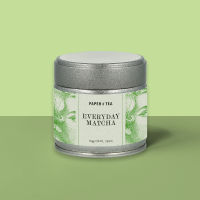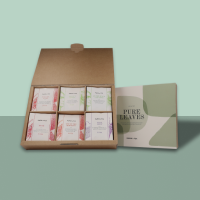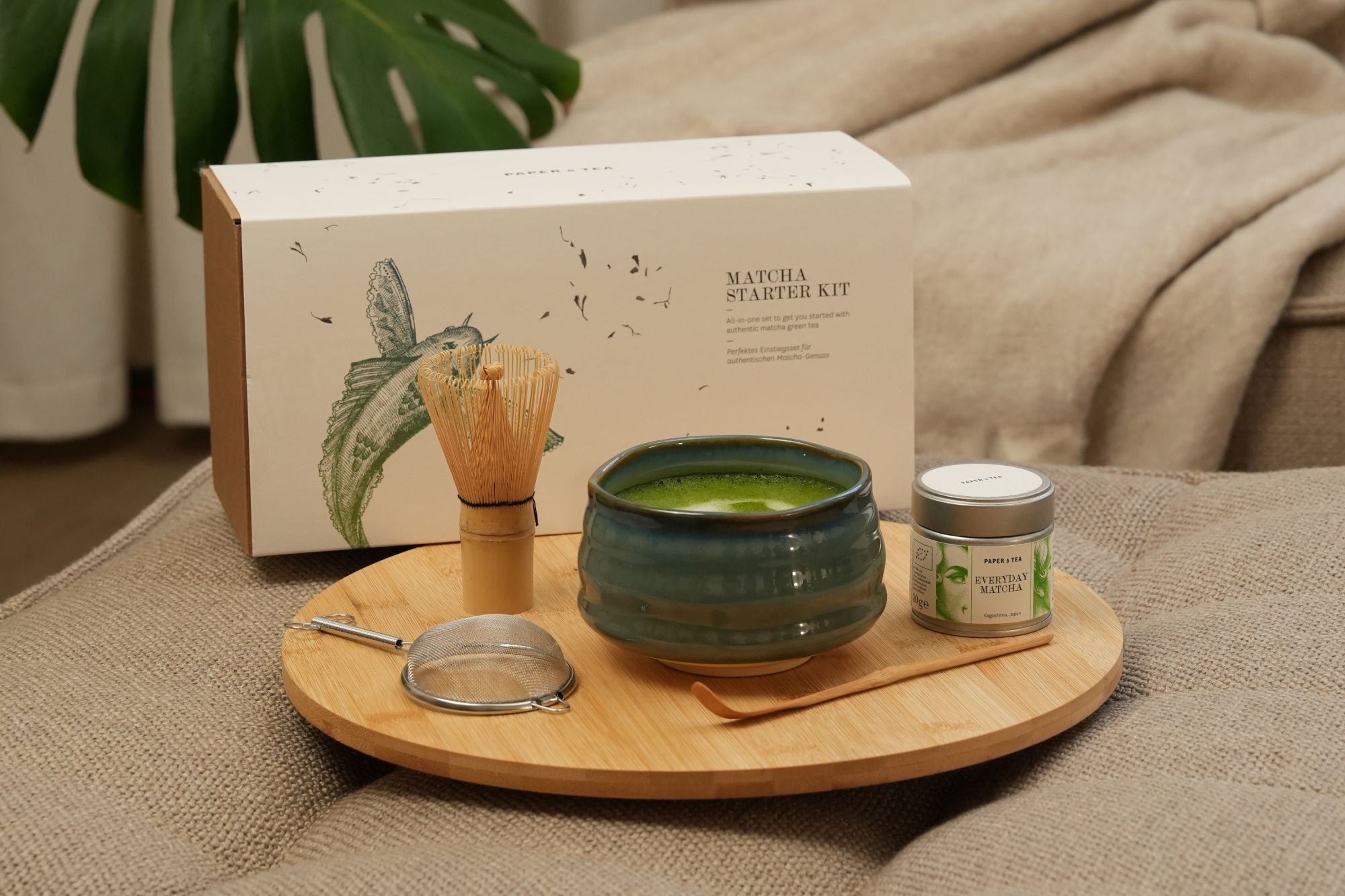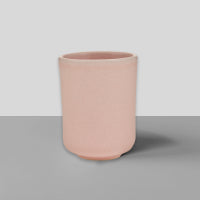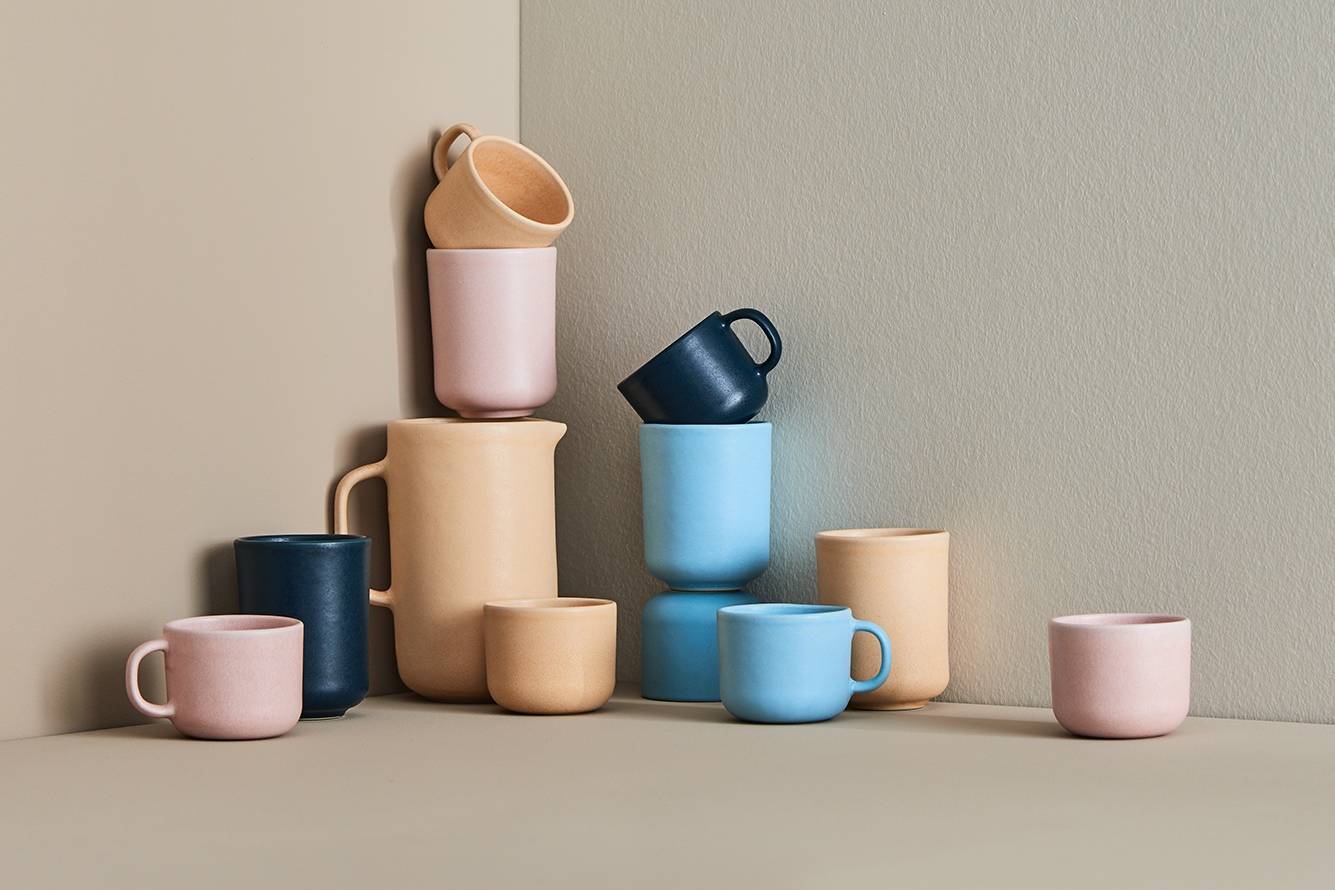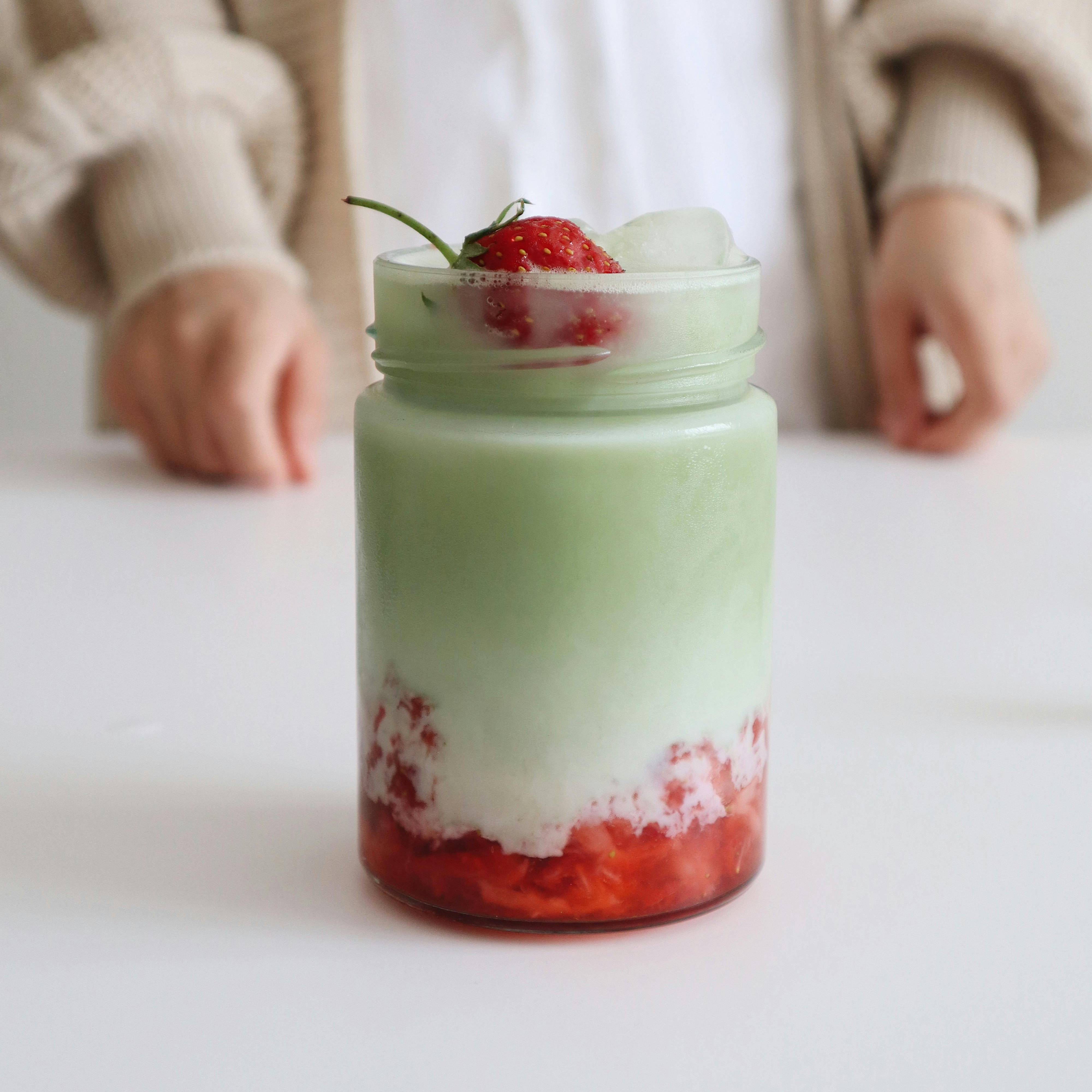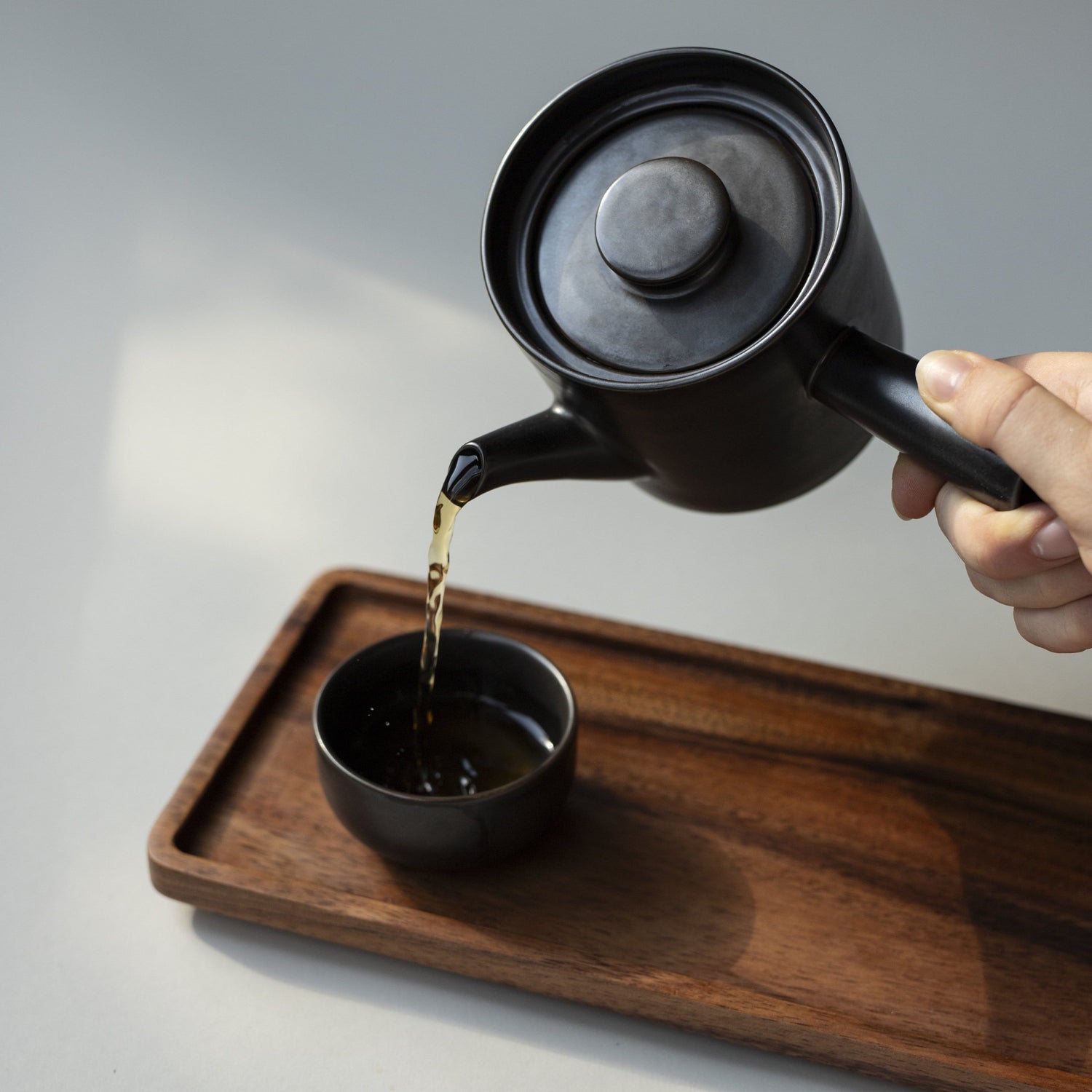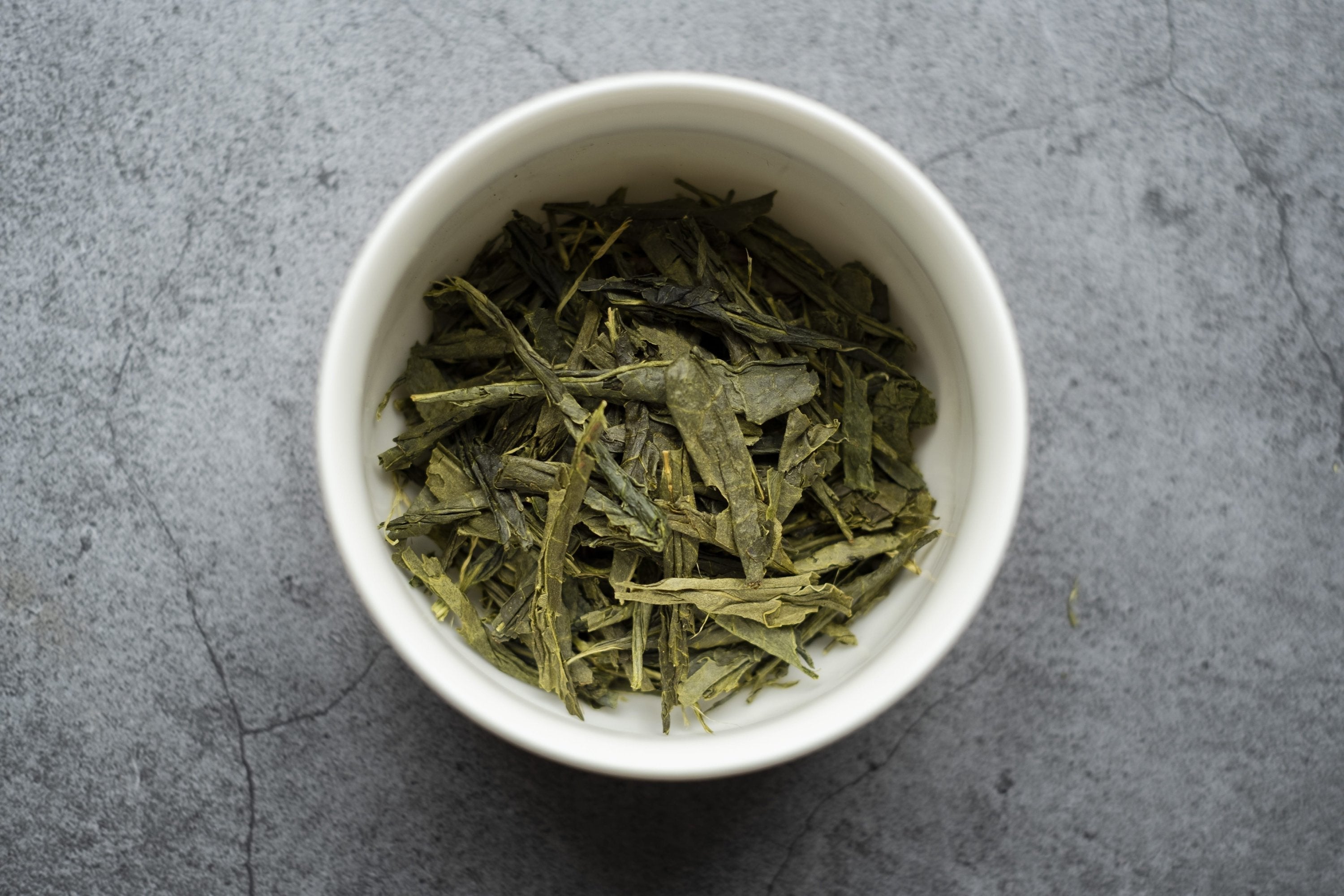Description of Kyusu
In Japanese, "Kyusu" simply means "teapot." Today, however, the term mainly refers to a specific style that has become emblematic of brewing exquisite Japanese green tea. Traditionally made from clay, Kyusu teapots are now also available in ceramic or porcelain versions. These materials are neutral in taste, making them ideal for preparing various types of tea in the same pot.
The side handle, known as "Yokode Kyusu," is one of the most distinctive features of this teapot style. At first glance, the unusual side handle offers several advantages: it allows for elegant pouring in one smooth motion and enables even heavy pots to be managed with minimal wrist strain. Most Kyusu models include a lid and an integrated strainer that holds back the tea leaves while the tea is poured.
Typically, a Kyusu holds between 200 and 400 ml, giving it a relatively small volume. This smaller size is perfect for preparing Japanese green teas in a concentrated form with a short steeping time. In Japanese tea tradition, multiple small infusions are preferred. Kyusu teapots are perfect for brewing whole-leaf green teas such as Sencha, Gyokuro, or Genmaicha, as they provide ample space for the leaves to unfurl and release their full flavor.
Historical Background of Kyusu
The origins of the teapot can be traced back to China, considered the birthplace of tea. The method of brewing tea in teapots spread from there in Japan during the Edo period (1603-1868), when the daily consumption of tea became widespread. Before then, green tea in Japan was mainly consumed in powder form during ritualized tea ceremonies. Over time, however, there grew a desire to prepare tea more simply and straightforwardly. This led to the development of the Kyusu, which allows for quick and easy preparation of green tea from whole leaves.
Interesting Facts
Kyusu teapots combine functionality with the aesthetic appeal and craftsmanship of their region of origin. The use of clay, a naturally porous material, contributes to the natural aeration of the tea during brewing, enhancing its aroma much like the aeration of wine.
Many Kyusu teapots embody the essence of Japanese minimalism, reflected in their simple and functional design that deliberately avoids unnecessary ornamentation. A special feature is the hollow side handle, which remains cool and facilitates the graceful and precise pouring of freshly brewed tea.
Not only does the construction of the Kyusu markedly differ from the "Western" teapots we know, where the entire arm must be used to pour tea, but it also represents a different tea philosophy, in which tea is enjoyed in small quantities, always fresh and of the highest quality. It embodies the high appreciation for this comfort beverage.
